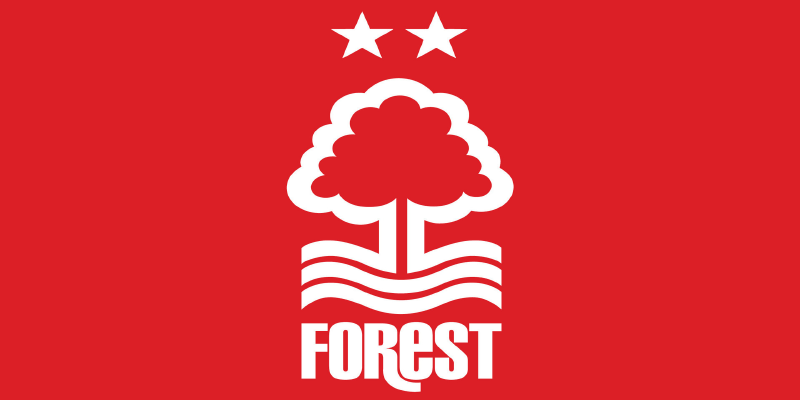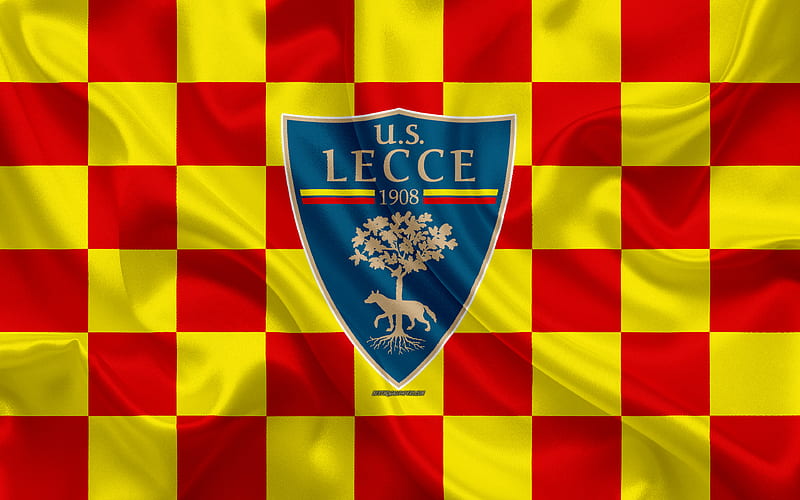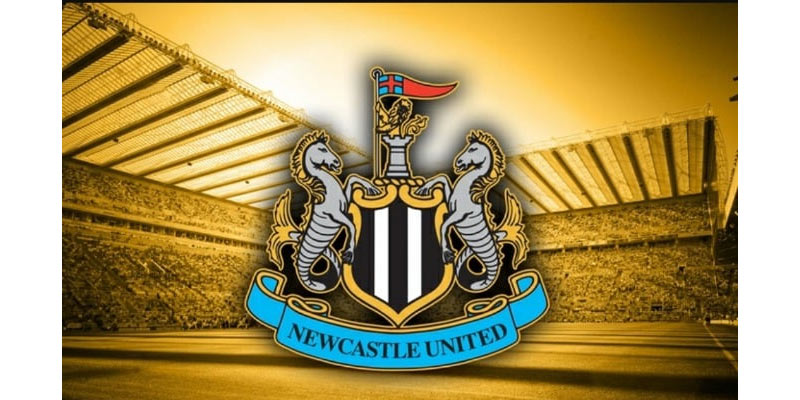
San Lorenzo de Almagro FC is not merely a football club; it is a living narrative that reflects the social and cultural shifts within Argentine society since its conception. The evolution of the club’s identity has been shaped by various factors, including political changes, societal needs, and the unwavering dedication of its supporters.
Historical Context and San Lorenzo de Almagro FC
From its inception in 1908, San Lorenzo has woven itself tightly into the fabric of Buenos Aires’ social landscape. The club was born during a time of significant political and economic change in Argentina, leading to a burgeoning emphasis on community and social engagement five88 com.
Established through the efforts of neighborhood youths seeking both recreation and a sense of identity, San Lorenzo quickly transitioned from humble beginnings to influence broader social themes. The commitment to community welfare extended beyond just football; it encompassed educational initiatives, healthcare programs, and social outreach efforts aimed at uplifting marginalized populations in the surrounding neighborhoods.
Moreover, as Argentina faced periods of political upheaval and economic struggle, the club emerged as a source of hope and resilience for many. By mobilizing fans and local community members, San Lorenzo forged a collective identity that resonated deeply with those who sought solace and pride in their local team amidst the chaos of daily life.
Influence of Iconic Leaders
Throughout its history, San Lorenzo’s identity has also been cultivated by iconic leaders—both on and off the pitch—who have left indesputable marks on the club. Notably, the contributions of revered coaches, passionate players, and devoted club presidents have shaped the values and vision of the organization.
One such figure is the legendary coach, José “Pepe” San Martín, who guided the team during a pivotal time in the club’s history. His tactical ingenuity, coupled with an unwavering belief in the talents of his players, helped San Lorenzo clinch multiple championships, further solidifying the team’s reputation in Argentine football.
The impact of these leaders extends beyond mere statistics. They embody the spirit of San Lorenzo, instilling a sense of dedication, passion, and community that resonates through generations. Their stories and legacies are often honored during matchdays, reinforcing the idea that the club is not solely defined by its wins, but by the values of loyalty and integrity that these leaders personified.
Cultural Representation and Expression
As San Lorenzo developed over the years, it naturally became a vehicle for cultural expression, reflecting local traditions and artistic nuances endemic to Buenos Aires. Football, particularly in Argentina, is deeply connected with tango, literature, and the arts. San Lorenzo fans have used their collective voice to weave their narrative into the larger cultural tapestry, exhibiting their passion for both football and their city.
Chants, songs, and banners produced by supporters paint a vivid picture of the club’s cultural identity. Many fans have embraced poetic visages of their club in dance and music, heightened on matchdays as they celebrate their history and aspirations. Local artists regularly compose pieces that celebrate the club’s triumphs or engage with the emotions surrounding intense games, allowing San Lorenzo to resonate not just within the sports arena, but within the cultural psyche of Argentina as well.
This blending of sport and culture engenders a unique bond, knitting supporters even closer together. It creates a sense of belonging among fans who see aspects of their values and beliefs represented in every match, San Lorenzo de Almagro FC whether through chants filled with passion or images of local heroes etched onto banners expressing solidarity and support.





